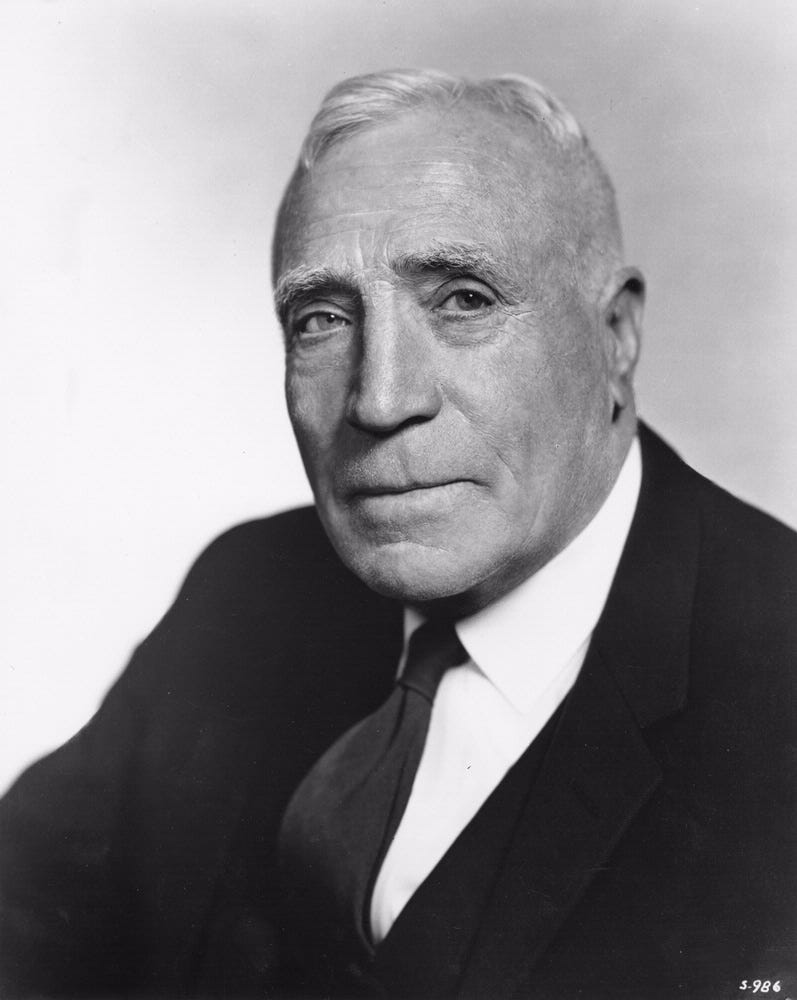The enduring legacy of the Piper Cherokee family
The Piper Cherokee family of aircraft represents one of the most successful and enduring lines of general aviation airplanes in history. Conceived in the late 1950s as a modern, affordable, and easy-to-fly alternative to the then-prevalent tailwheel designs, the Cherokee quickly established itself as a workhorse for flight training, personal transportation, and light commercial operations. Over the subsequent decades, the Cherokee lineage expanded into a diverse array of models, each tailored to specific needs and preferences, yet all sharing a common design philosophy that prioritized simplicity, reliability, and accessibility. This comprehensive history will delve into the origins, development, and evolution of the Piper Cherokee family, tracing its remarkable journey from a groundbreaking concept to an aviation icon.
The dawn of a new era - Piper's vision for the future
The post-World War II aviation boom in the United States saw a surge in demand for private aircraft. Piper Aircraft Corporation, under the leadership of William T. Piper Sr., had established itself as a major player with popular models like the Cub and the Tri-Pacer. However, as the 1950s progressed, it became clear that the market was evolving. Pilots were increasingly seeking aircraft with more modern features, improved handling characteristics, and tricycle landing gear, which offered enhanced ground stability and easier operation, particularly for those transitioning from automobiles.
Piper recognized this shift and began exploring designs for a new generation of aircraft that would address these evolving needs. The existing Piper lineup, while successful, largely consisted of tube-and-fabric construction and tailwheel configurations. The company understood the need to embrace all-metal construction and the inherent advantages of a nosewheel design to remain competitive in the burgeoning general aviation market. This foresight laid the groundwork for the development of what would become the Cherokee family.
Keep reading with a 7-day free trial
Subscribe to Jonathan Beckett to keep reading this post and get 7 days of free access to the full post archives.




